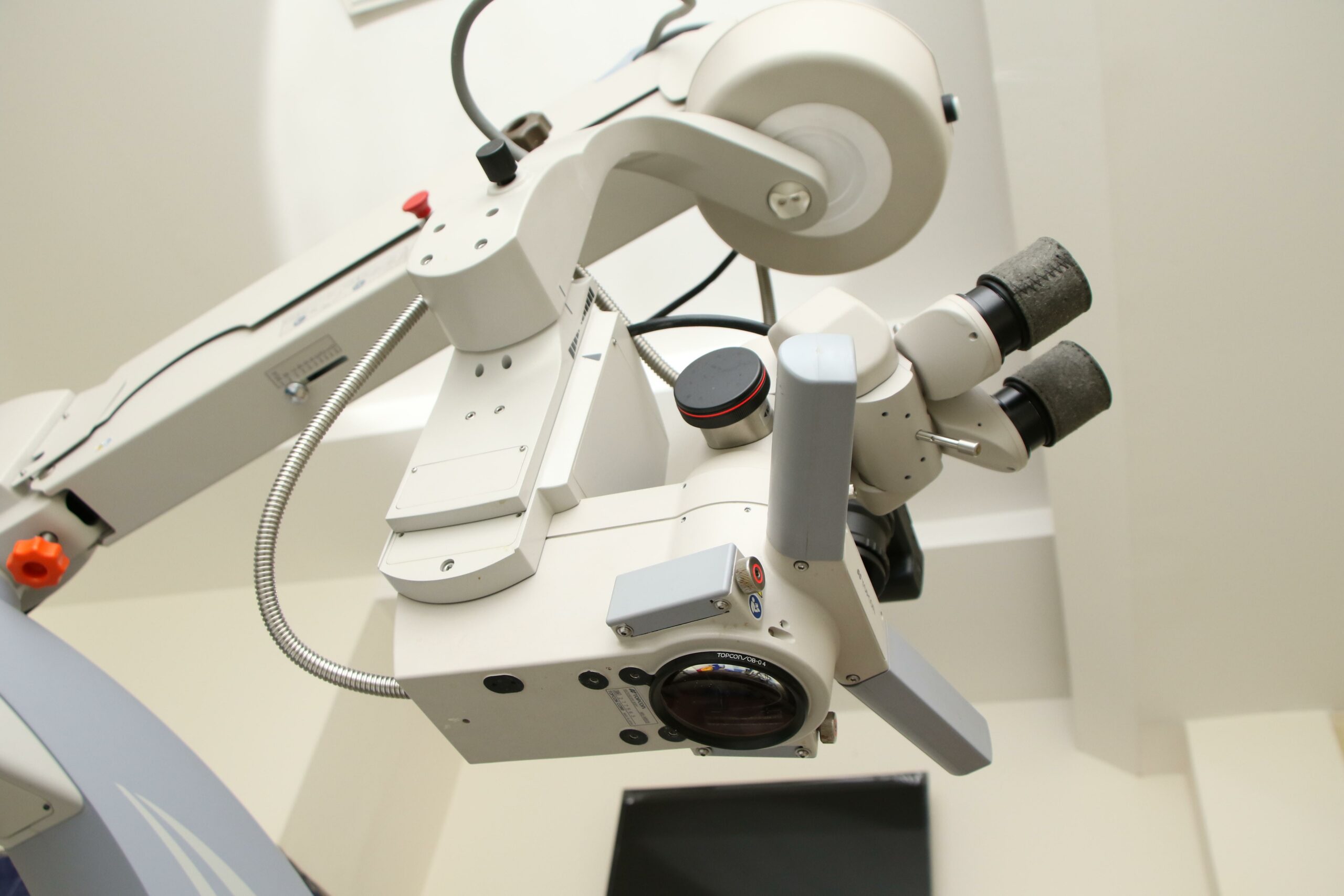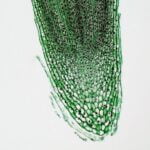Are you ready to dive into the captivating world of compound microscopes? In this comprehensive guide, we will explore the types and applications of these remarkable scientific instruments. As a skilled science writer with a background in biology and a passion for microscopy, I can’t wait to take you on a fascinating journey through the incredible capabilities and endless possibilities offered by compound microscopes. Whether you’re an aspiring scientist or simply curious about the hidden wonders that lie beyond our naked eyes, this article is sure to captivate and educate you. So, buckle up and get ready to uncover the secrets of the microscopic realm!

Types and Applications of Compound Microscopes
Compound microscopes have revolutionized the way we explore and understand the microscopic world. With their multiple lenses and advanced imaging capabilities, these instruments offer a wide range of applications in various fields, including biology, medicine, chemistry, and materials science. In this comprehensive guide, we will dive into the different types of compound microscopes and explore their fascinating applications.
Phase-Contrast Microscope: Visualize Without Staining
Have you ever wondered how scientists are able to visualize microscopic objects without the need for staining or dyeing? The answer lies in the phase-contrast microscope. This remarkable instrument allows researchers to observe transparent specimens with exceptional clarity, revealing details that would otherwise be invisible. By utilizing the principles of light refraction, the phase-contrast microscope brings the microscopic world to life, opening up new possibilities for research and discovery.
“With a phase-contrast microscope, scientists can now visualize the previously unseen, uncovering hidden wonders in the transparent realm of microscopy.”
Polarizing Microscope: Unveiling the Secrets of Chemicals and Minerals
In the realm of materials science, the polarizing microscope reigns supreme. This powerful instrument enables researchers to study the optical properties of chemicals, minerals, and rock materials. By utilizing polarized light, scientists can analyze the crystal structures and compositions of various substances, shedding light on their unique characteristics and behaviors. From unraveling the mysteries of gemstones to unraveling the secrets of the Earth’s geology, the polarizing microscope plays a vital role in expanding our understanding of the world around us.
“With a polarizing microscope as their guide, scientists embark on a journey through the mesmerizing realm of crystal structures, unlocking the hidden stories within minerals and chemicals.”
Metallurgical Microscope: A Window into the World of Metals
Metals have long been the backbone of our modern society, and understanding their properties and structures is crucial for industries such as manufacturing and engineering. Here, the metallurgical microscope takes center stage. This specialized instrument allows scientists and engineers to thoroughly examine the microstructure of metals, enabling them to assess their quality, analyze their properties, and identify potential flaws. By harnessing the power of metallurgical microscopy, we can ensure the reliability and safety of the metal-based products that shape our daily lives.
“With a metallurgical microscope in hand, scientists peer into the hidden landscape of metals, gaining insights into their microstructure and unlocking the secrets to their strength and durability.”
Fluorescence Microscope: Illuminating the World of Fluorescence
In the world of molecular biology and biomedical research, the fluorescence microscope stands as a beacon of illumination. This remarkable instrument utilizes fluorescently labeled samples to visualize specific molecules and structures within cells and tissues. By employing fluorescent dyes and probes, scientists can tag specific targets, allowing them to track processes such as gene expression, protein interactions, and cellular dynamics. The fluorescence microscope has revolutionized our understanding of living organisms at the cellular and molecular level, paving the way for groundbreaking discoveries in fields such as genetics and immunology.
“With a fluorescence microscope, scientists harness the power of light and fluorescence, unraveling the intricacies of life at the cellular level and illuminating the path to new scientific frontiers.”
Compound Microscope: The Versatile Tool for Numerous Applications
While each specialized microscope serves its unique purpose, the compound microscope remains the versatile workhorse in the world of microscopy. With multiple lenses and a broad range of magnification options, the compound microscope allows scientists to explore diverse samples and phenomena. From studying microorganisms and cell structures in biology to analyzing chemical reactions and crystal formations in chemistry, this instrument has an expansive array of applications. Its adaptability and versatility make it an indispensable tool in laboratories, educational institutions, and research facilities worldwide.
“The compound microscope, like a versatile explorer, unlocks a multitude of microscopic worlds, connecting us to the vast intricacies of life, matter, and beyond.”
In addition to the types of compound microscopes mentioned above, it is essential to understand key components and concepts associated with these instruments, such as objective lenses, binocular eyepieces, magnification range, diaphragms, and the arrangement of lenses. A deeper understanding of these elements will augment your exploration and utilization of compound microscopes in your scientific endeavors.
With this comprehensive guide, we have ventured into the captivating world of compound microscopes, exploring their types and applications. Whether you are a budding scientist, a seasoned researcher, or simply an enthusiast eager to uncover the hidden wonders of the microscopic realm, the journey has just begun. Armed with the knowledge and tools gained from this guide, you are now equipped to embark on your own exploration, pushing the boundaries of scientific discovery one magnified image at a time.
A compound microscope is an essential tool for scientists and researchers alike. With its impressive magnification capabilities and dual lens system, this versatile instrument allows for detailed examination of microscopic specimens. Whether you’re a student exploring the intricate world of biology or a professional in the field of medicine, the compound microscope will undoubtedly enhance your understanding and analysis. Discover the fascinating realm of the unseen by clicking here: Compound Microscope.
FAQ
Question 1: What is a compound microscope?
Answer 1: A compound microscope is a type of microscope that consists of multiple lenses and is used for various applications in fields such as biology, medicine, chemistry, and materials science.
Question 2: What are the different types of compound microscopes?
Answer 2: There are several types of compound microscopes, including phase-contrast microscopes, polarizing microscopes, metallurgical microscopes, fluorescence microscopes, upright microscopes, and inverted microscopes. Each type has its own specific features and applications.
Question 3: How does a compound microscope magnify objects?
Answer 3: Compound microscopes use objective lenses with different levels of magnification to magnify objects. The eyepiece further allows for viewing the magnified image.
Question 4: What are the key components of a compound microscope?
Answer 4: A compound microscope consists of various parts, including the diaphragm, condenser, reflector, objective lenses, and ocular lens. These components work together to provide optimal illumination and magnification.
Question 5: What are the applications of compound microscopes?
Answer 5: Compound microscopes have a broad range of applications. They are used in biology to study cells and microorganisms, in medicine for diagnosis and research, in chemistry to analyze chemical compounds, and in materials science to examine the structure of materials and minerals.
















